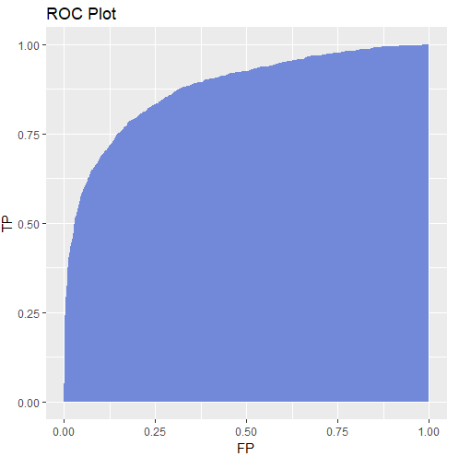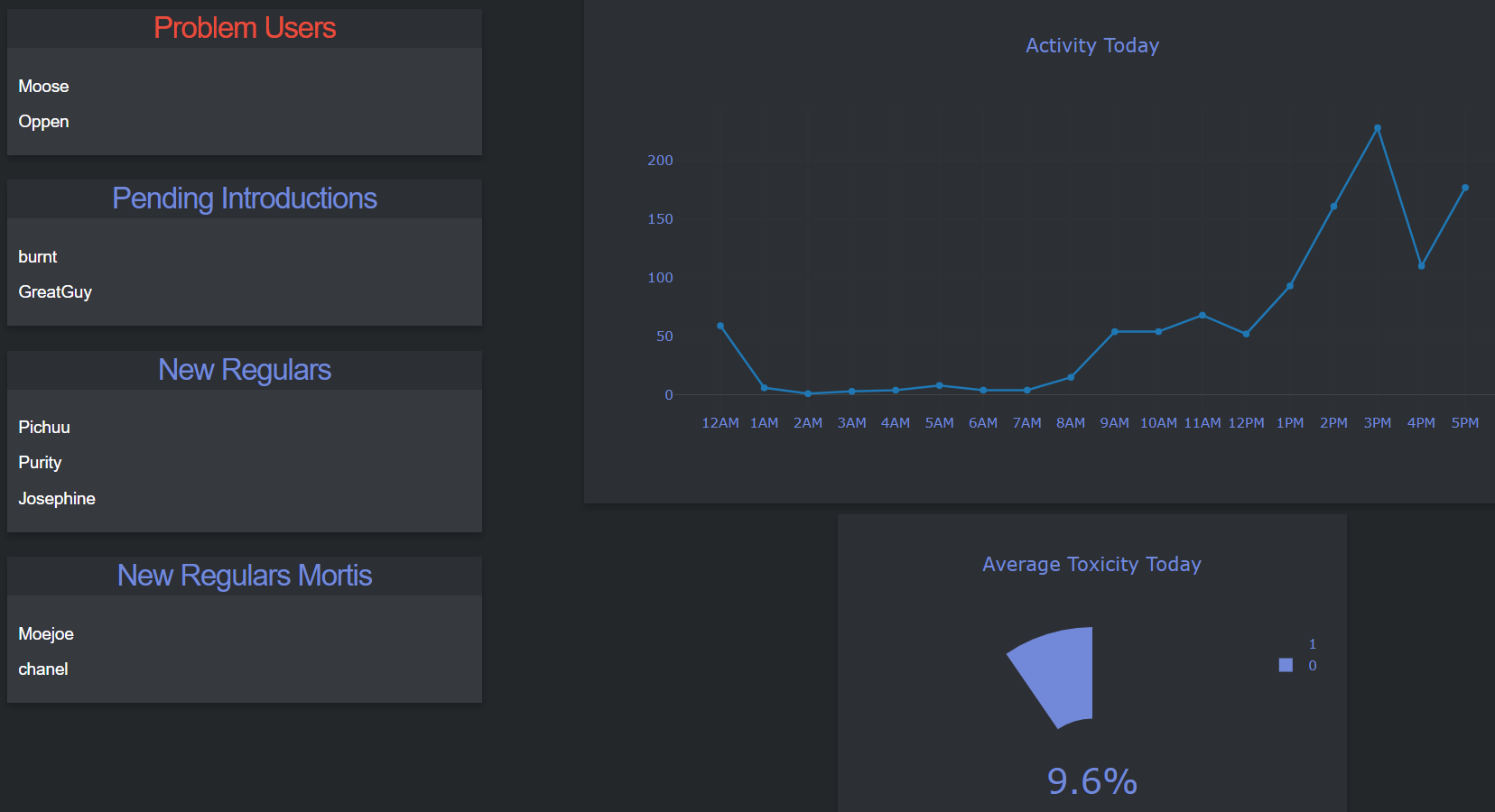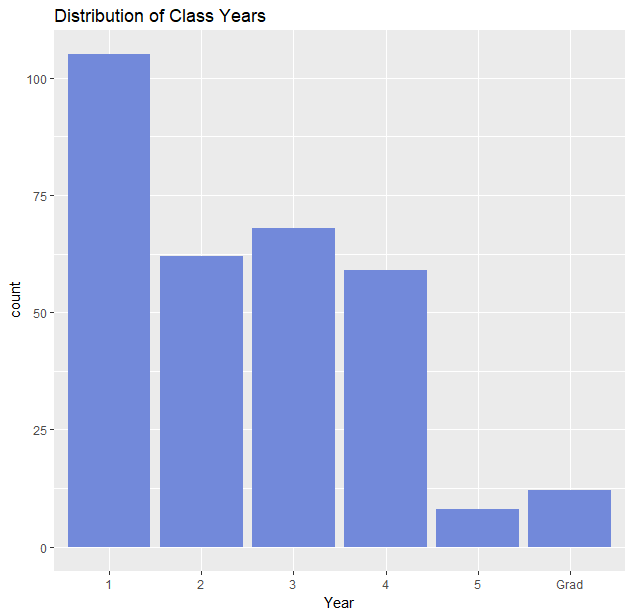By Yash Rane and Brian Lim, with help from Kitty Fung
UCSB's Discord chat server has been growing quickly over the past year, and this rapid growth has made moderation harder and harder. We wanted to find a way to make managing the server easier, so we built a set of moderator tools. First, we created a Discord bot using the discord.py module to compile a record of all chat logs. Then, we designed a recurrent neural network to analyze the toxicity of these messages. Finally, we took the data collected from the bot, and the toxicity predictions from the RNN, and created a dashboard that moderators could use to manage and monitor the server.
The discord.py module allows us to easily create a bot that scrapes each message that gets sent in the server and logs that message to a .csv file. This gives us a convinent way of organizing the data for later analysis. A sample data observation is shown below (toxicity score appended to data later)
We created an LSTM with both word embeddings (using word2vec) and character-wise embeddings. Our network architecture is shown below.
Our model was trained on the Google Jigsaw Toxicity data, taken from kaggle.com. We acheived an ROC AUC of 0.88. Google's state-of-the-art model recieved a score of 0.99, but considering that we don't have access to the same kind of resouces that Google does, our score is still impressive.
Our dashboard was created using plot.ly's dash library for python. On the left side, there are the introductions - information that a moderator could immediately act on. This is especially important to us that we display actionable data, since theres no point showing information that you can't do anything about. On the right side, we have the monitoring portion. This includes a graph of how active the server has been over the past day, and the average toxicity over the same time span.
Looking at the distribution of class years, it's pretty clear that the chat is dominated by freshman, with almost twice as many freshman as any other group. This is reflected in some of our freshman-oriented channels, such as #questions and #roommates-finder, which are both dominated by incoming first years
Moving forward, there are a few improvement planned for this project. We want to integrate our dashboard straight into a Discord bot. This would let moderators view and interact with our analytics without ever having to leave the discord app, which would streamline the whole process. We also want to try different neural network architectures, such as a Bi-LSTM or attention models, to try to improve our accuracy . While this project has come a long way since we started it in October 2017, there is still a lot of work that needs to be done before it is published and ready to use for a general audience. This being said, it has the potential to become a powerful and impactful tool in the years to come.




